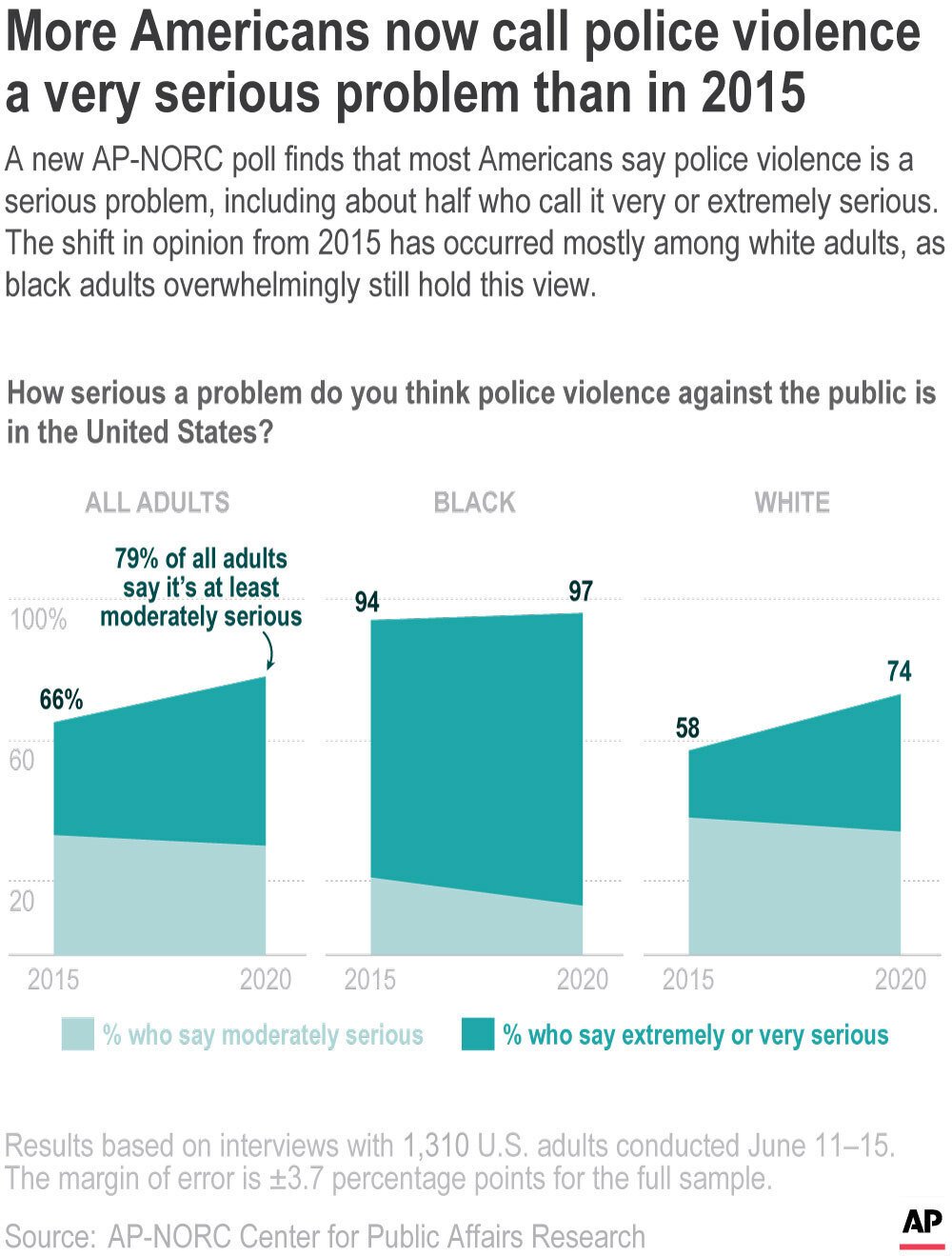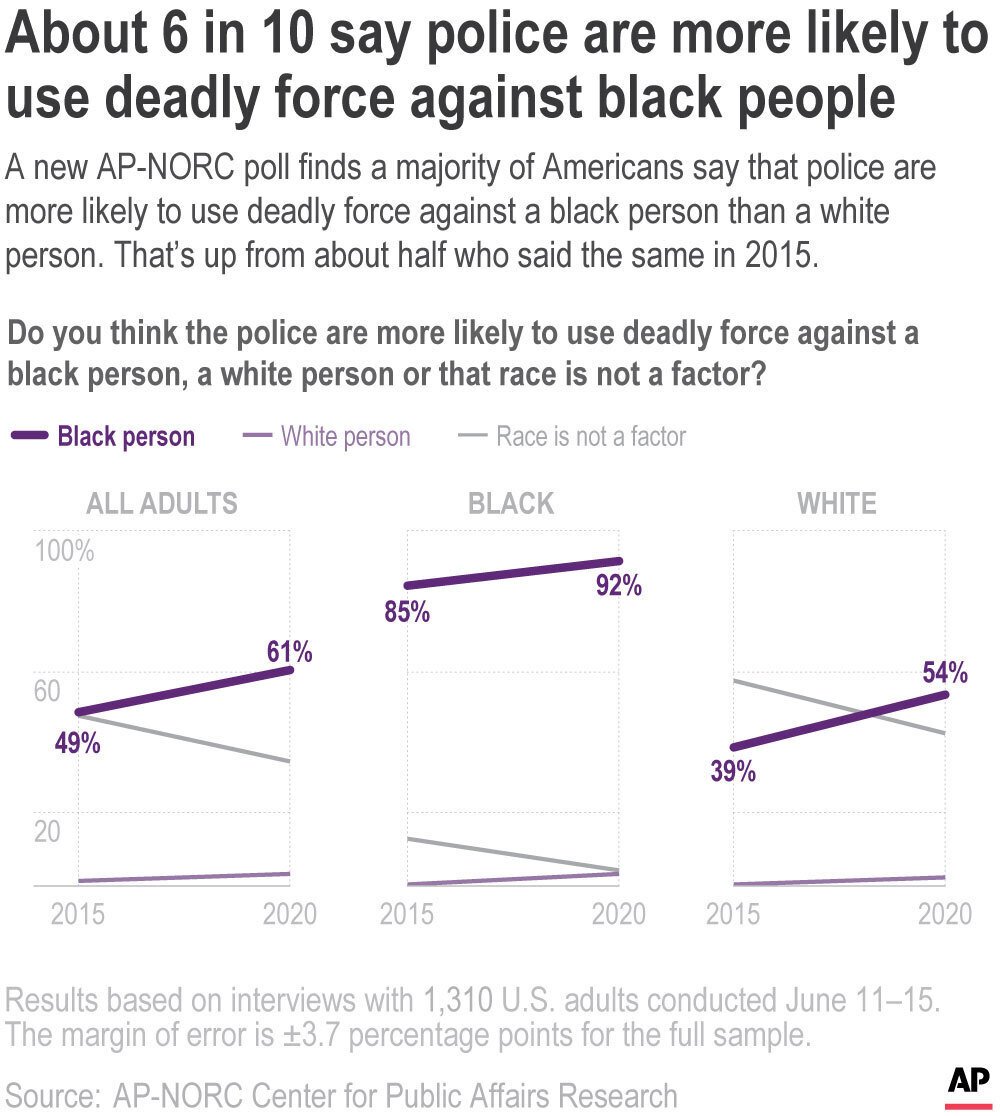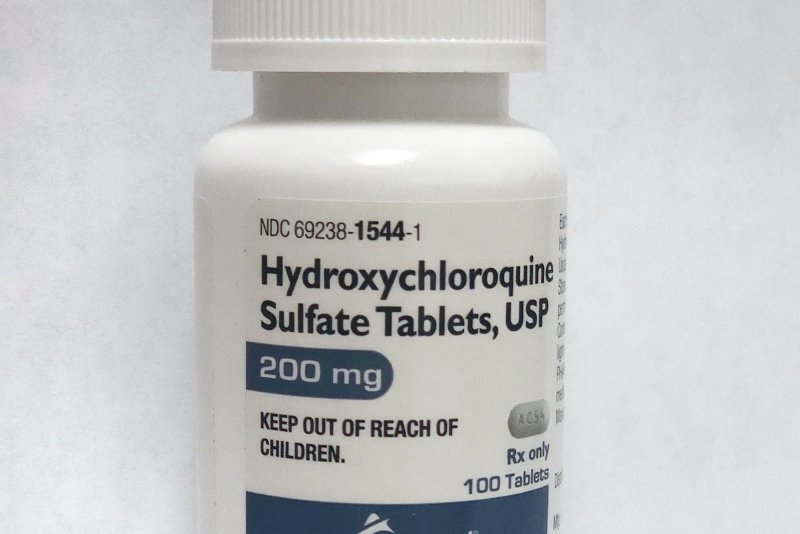Virus, Floyd death merge in brutal blow to Black well-being

In this June 5, 2020 photo provided by the Mountain Area Health Education Center, physicians, residents and staff from the facility in Asheville, N.C., take a knee to show support for renewed calls for racial justice after the police killing of George Floyd. Government statistics from late January through May 30 suggest an increase in U.S. deaths from chronic diseases compared with historical trends. They include 7,000 excess deaths from hypertension, about 4,000 from diabetes and 3,000 from strokes -- all conditions that disproportionately affect Blacks, although the data don’t include race. (Brenda Benik/MAHEC via AP)
Doctors have long known that Black people suffer disproportionately.
Before the renewed cries of “Black Lives Matter,” they knew racism has very real, physical effects. They knew about socio-economic challenges that contribute to poor health. And they treated diabetes, hypertension and other chronic diseases that hit their Black patients harder than their white ones.
Then came the coronavirus and George Floyd, a crushing double blow to Black people’s well-being. Doctors and their patients are reeling from the impact.
“We are exhausted and we are not OK,” says Dr. Patrice Harris, who just ended a yearlong term as president of the American Medical Association — only the second black to head the group. She was speaking not so much for herself as for her community.
Police violence is always an injustice, “but its harm is elevated amid the remarkable stress people are facing amid the COVID-19 pandemic,” Harris and AMA Trustee Dr. Jesse Ehrenfeld said in a recent online opinion article.
Floyd’s death is the most extreme example of over-policing that has been linked with elevated stress, high blood pressure and other chronic illness that contribute to the high coronavirus death rates in Black people.
As their offices start reopening for regular appointments, doctors are bracing for the fallout: a wave of sicker, shell-shocked patients.
Dr. Brittani James is a primary-care doctor. Her clinic’s mostly Black neighborhood was one of the last in Chicago to get a COVID-19 testing site. They opened first in wealthier, whiter areas.
She said it’s heartbreaking to see many patients hit hard by the virus, while others grow sicker from chronic disease.
“As a Black doctor, I feel like I’m failing my patients every day,” she said.
While her clinic has remained open, many patients are too terrified of COVID-19 to come in. That means trying to treat complaints without physical exams or blood tests. She has tried sending patients prescriptions for blood pressure cuffs but some can’t afford the cost. The options are “have their blood pressure uncontrolled or adjust their medications blind.”
For every patient who has called for an appointment, there are 10 others she hasn’t heard from in months.
“There is no way that all of a sudden overnight there’s no more heart attacks, no more strokes, no more patients having poorly controlled diabetes,” she said. “We have all seen our patients’ visits stop. Which is scaring me a lot.”

This May 2020 selfie photo provided by Terrence Nichols, 44, shows him in Chicago after a COVID-19 infection. Nichols has recovered physically from a relatively mild case of COVID-19, diagnosed in March. But as a Black man in Chicago, knowing its impact in his community has left Nichols feeling fearful, vulnerable and angry over the president’s push to reopen. (Terrence Nichols via AP)
It’s not just happening in Chicago.
James fears a “second wave” of worsening chronic illness and non-COVID-19 deaths is coming.
There are signs it is already happening.
Government statistics from late January through May 30 suggest an increase in U.S. deaths from chronic diseases compared with historical trends. They include 7,000 excess deaths from hypertension, about 4,000 from diabetes and 3,000 from strokes — all conditions that disproportionately affect Blacks, although the data don’t include race.
James says Floyd’s brutal death has added psychological trauma to the mix, and mental health care in many communities is scarce.
“There is an overwhelming need that we do not have the resources to address,” she said. “It’s devastating.”
Royanna Williams, 45, is a Black woman in Asheville, North Carolina, who suffers with persistent pain from autoimmune illnesses, which disproportionately affect Blacks.
Living with chronic illness had already left her anxious and depressed — feelings that have multiplied with the pandemic, Floyd’s death and the unrest that has followed.
“This right here is a whole ’nother ballgame,” she said.
Williams has started mental health televisits. They’ve helped.
She says white doctors have often discounted her pain and it has worsened as the pandemic has postponed her physical therapy sessions. Research has shown than Blacks are often under-treated for pain, partly because of false beliefs about supposed biological differences.
Now there’s evidence that Blacks with fever and cough are less likely than whites to be referred for COVID-19 testing, said Dr. Malika Fair, a health equity director at the Association of American Medical Colleges.
This even though Blacks are more likely to die from the disease. As of early June, an AP analysis found that roughly 26% of COVID-19 deaths were in Black patients, while Black people represented 13% of the population in the 40 states that provided detailed demographic data.
Rosetta Watson is only 38 but she has heart failure and needs valve replacement surgery. When COVID-19 hit Chicago in March, doctors postponed the operation indefinitely.
The virus has killed four of her relatives. She knows it could kill her too because of her poor health.
“I don’t know if I’m angry or am just numb to it,” Watson said.
Her doctor thinks her increasing fatigue may be from the leaky valve. She understands that COVID-19 cases are more urgent but the delays are frustrating.
Meantime, she has seen the protests on TV and supports the cause but not the property damage.
She’s been racially targeted, not by police but by strangers who disparage her white boyfriend with racist terms and by elderly neighbors in her apartment building who deride “you people” and won’t ride with her in the elevator.
“Seriously, it’s 2020. When we gonna grow up?” Watson said.
___
Follow AP Medical Writer Lindsey Tanner at @LindseyTanner.
___
The Associated Press Health and Science Department receives support from the Howard Hughes Medical Institute’s Department of Science Education. The AP is solely responsible for all content.

























